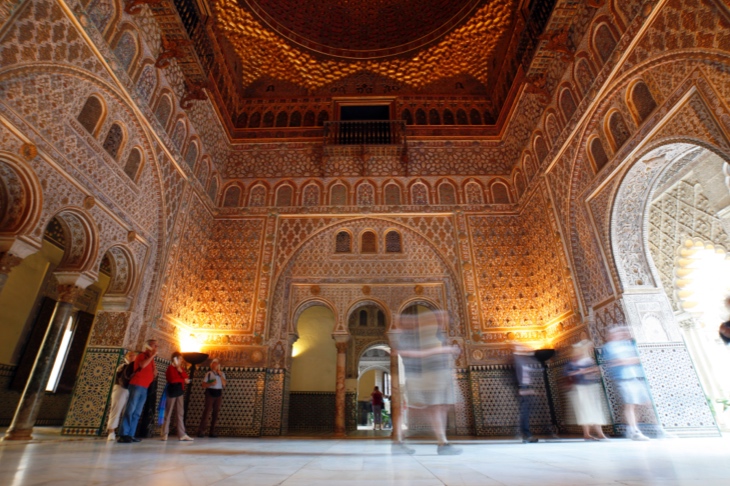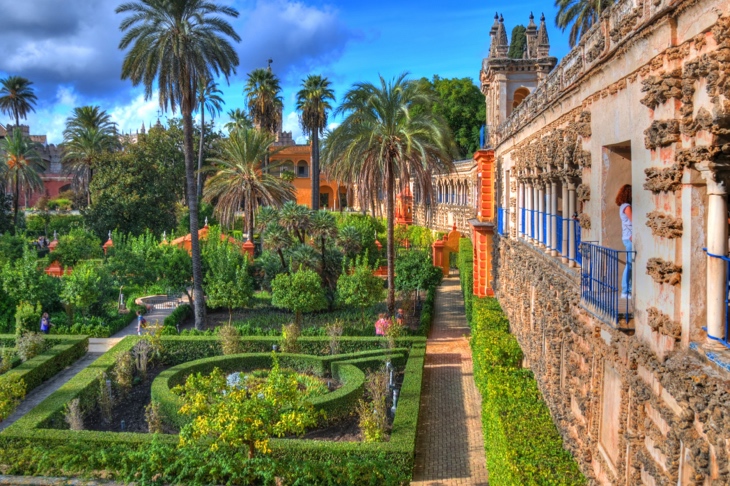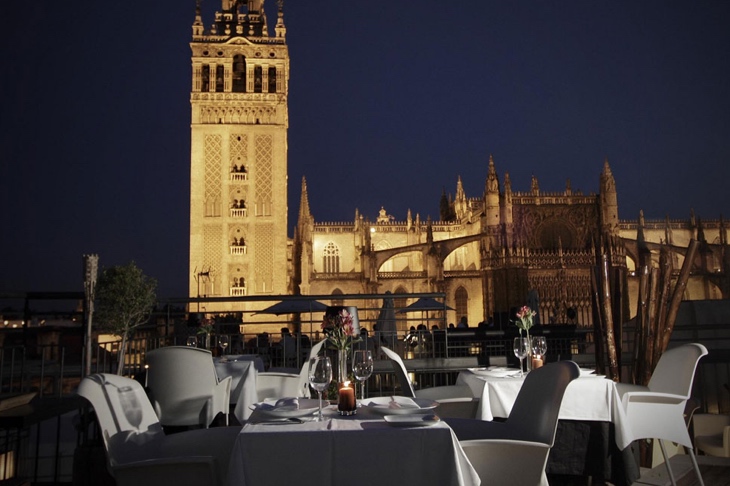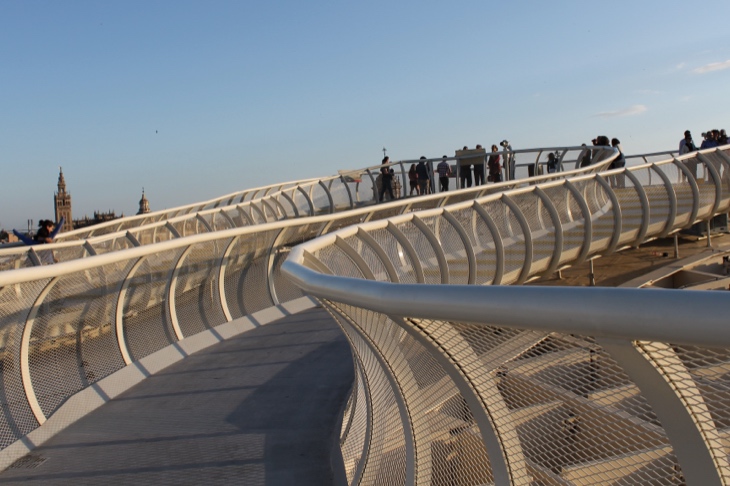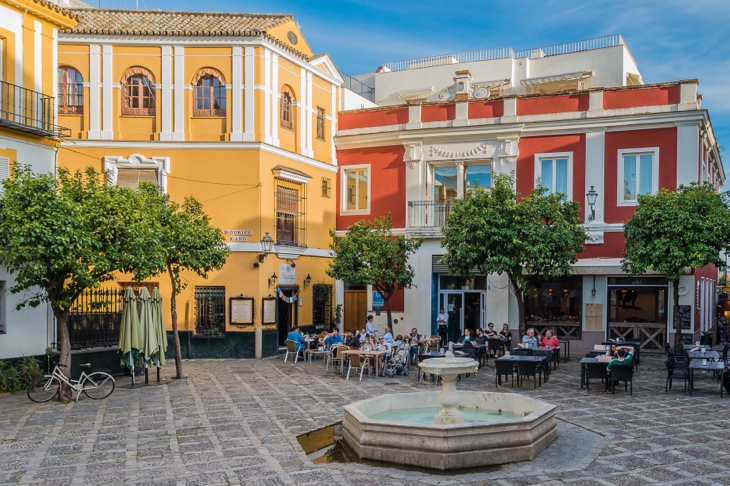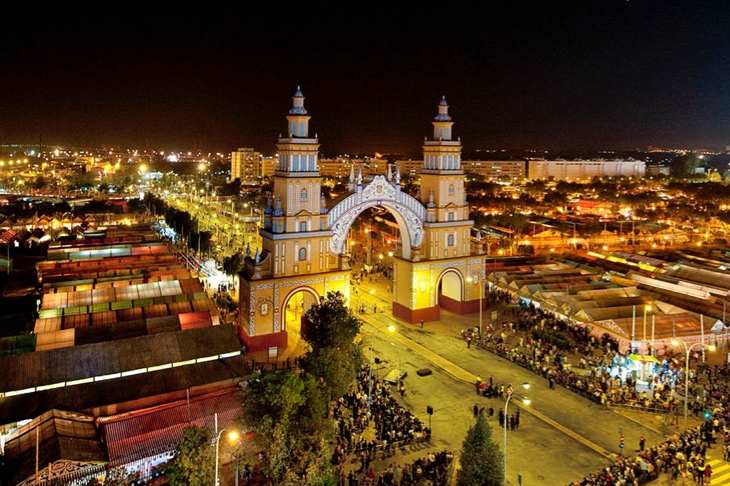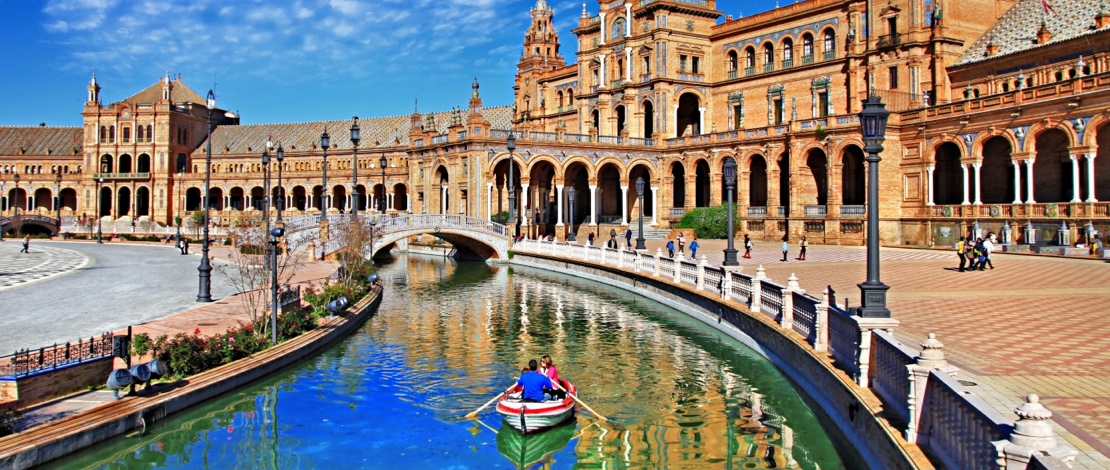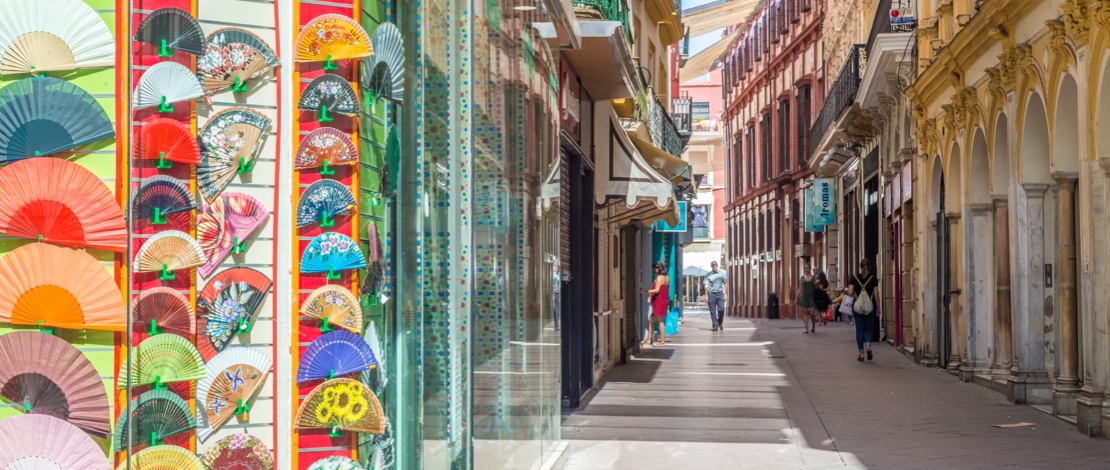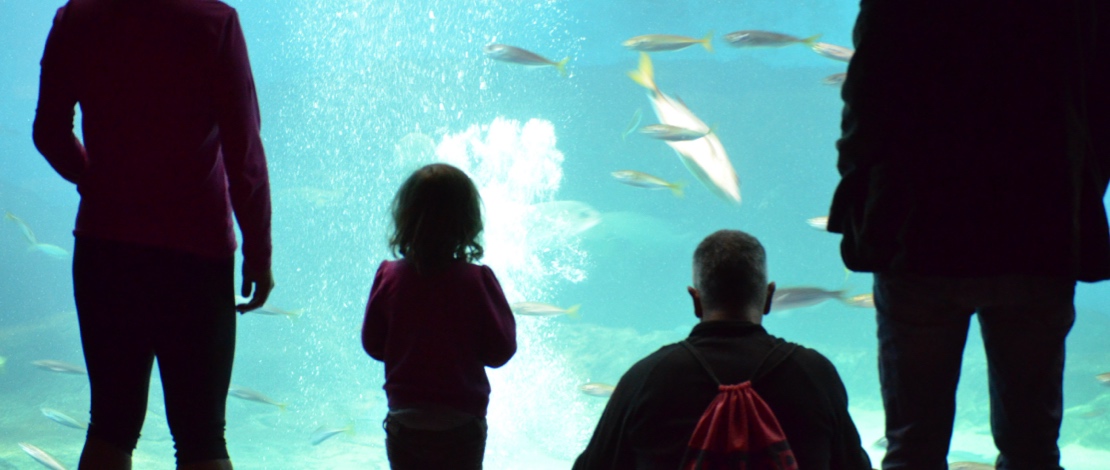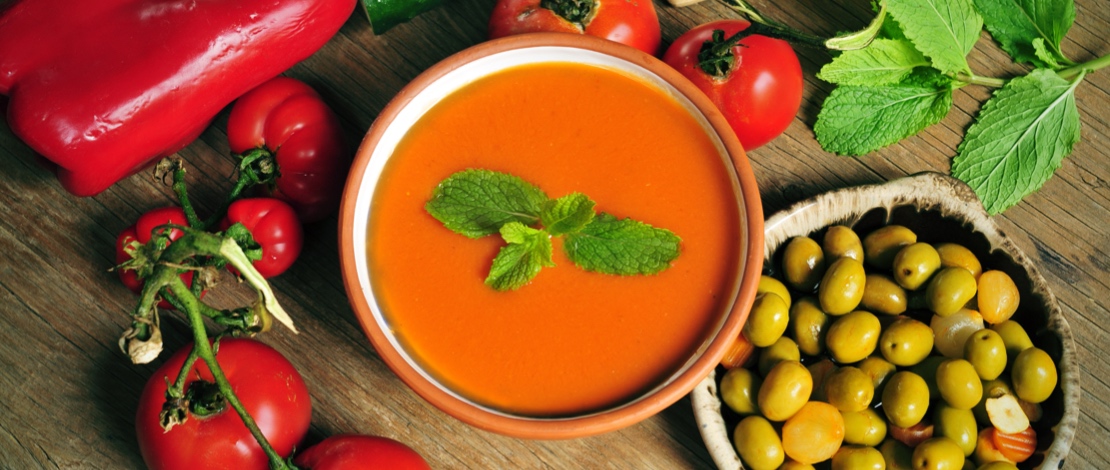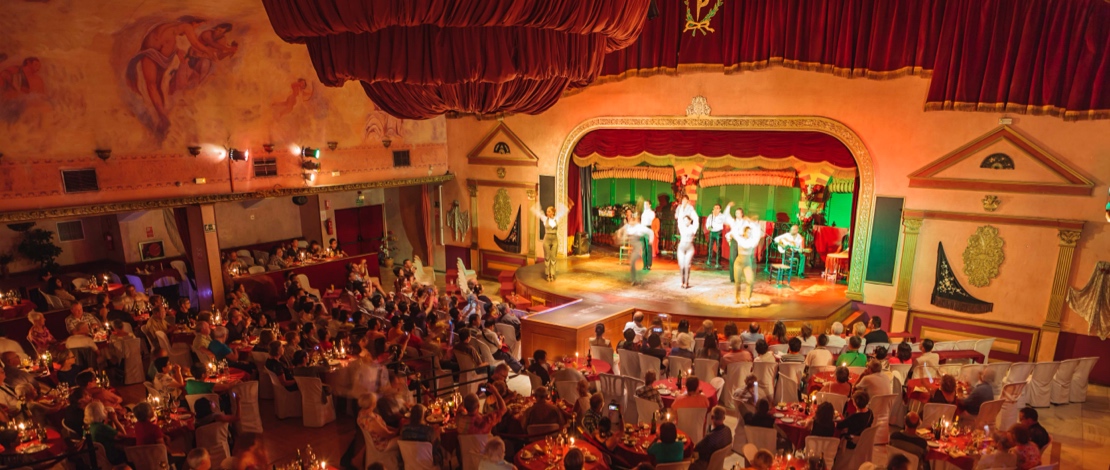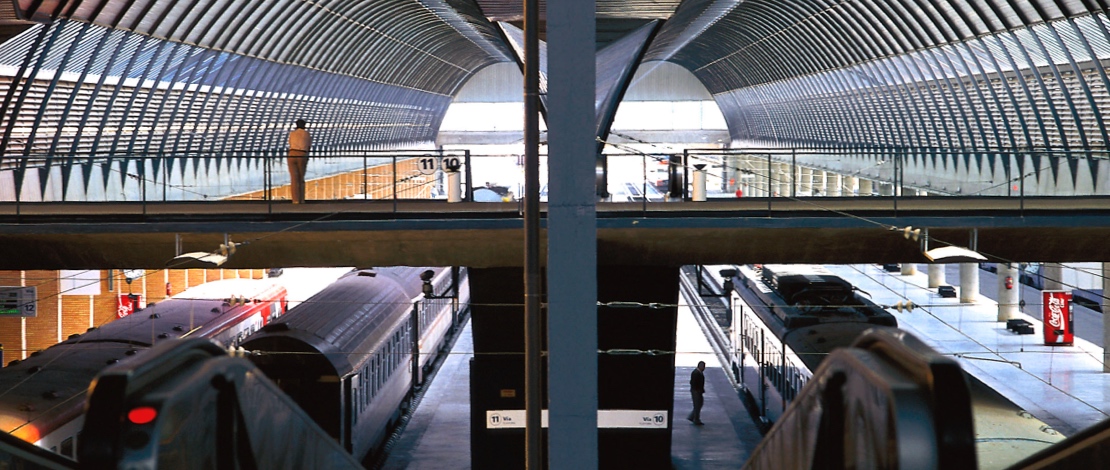
Seville
Andalusia's capital
Andalusia's capital is an exuberant city and a must-see on a trip to southern Spain.
This city is wonderful to explore, home to so many cultures over the centuries. You should go to the Cathedral to admire the Giralda (its beautiful bell tower), the palatial complex of the Reales Alcazares, the Casa de Pilatos and the Museum of Fine Arts. You can also stroll through the Santa Cruz neighbourhood. Formerly a Jewish quarter, it is now a labyrinth of charming narrow streets, squares and whitewashed houses.
Seville is one of the largest cities in Spain, with an extensive cultural calendar and famous festivals, such as the Feria de Abril.
Seville in pictures
-
MUST-SEE
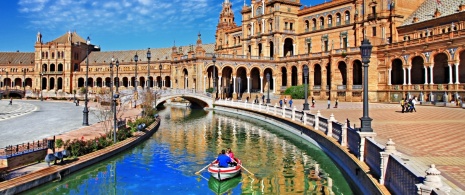
La Giralda
is the most famous Islamic monument in the city and the tower of the Cathedral of Seville. It stands more than 100 metres high and dates back more than 800 years. It represents the union between Christian and Islamic culture.
The Cathedral of Seville
Built in the 15th century. Many years ago, a mosque stood on its place. The minaret, the different doors of the mosque and the ablutions courtyard have been preserved from that period. Two galleries, the arches and the cistern under the courtyard are also preserved. It has been declared a World Heritage Site, together with the Giralda.
Real Alcázar
This is a beautiful fortified palace complex, home of the Moorish rulers since 720 AD. This magnificent complex is a UNESCO World Heritage Site.
The Buhaira Palace
In the past, a lagoon used to rise from here, which the Moors drained under the reign of Al-Motamid in order to build the palace and its gardens.
The Torre del Oro
Today it houses the Naval Museum of Seville, but throughout its long history (built in the 18th century) it was a watchtower, fort, chapel, port warehouse and prison.
The Macarena Walls
Today, only a part of the wall built by the Almohads in the 12th century remains, while nothing remains of the Roman part. The walls survived until the 19th century, when a part of them was demolished.
The Arab Baths Aires de Sevilla
The Andalusian architecture is still preserved. They are located in a small street in the Santa Cruz neighbourhood called Aire.
The Church of El Salvador
This church used to be the site of the Great Mosque of Seville. For many years, it was the largest mosque in the city. The ablutions courtyard and the minaret, which is now the church's bell tower, are still preserved. There are also remains from the Almohad period in the crypt.
Plaza de España and Parque María Luisa
The square was built to coincide with the Ibero-American Exhibition of 1929, and since then has been one of the most visited places in Seville and the setting for several films. The mosaic seats represent all the provinces of Spain. Next to it are the gardens of the Parque de María Luisa, which you can see from a horse-drawn carriage.
La Maestranza bullring
One of the largest and most impressive bullrings in the world. It also has a Bullfighting Museum.
Barrio de Santa Cruz
Filled with narrow streets, the old Jewish quarter reveals large stately houses and typical courtyards and squares, such as Santa Cruz.
Cruises on the Guadalquivir River
You can take a boat cruise on the part of the river running through the city.
Metropol Parasol, known as Las Setas
The work of Jürgen Mayer, the structure looks like mushrooms that are joined together and resemble a giant sea sponge. Every night, this construction is lit up in a rhythmic display. This light show makes for a great tourist attraction.
Flamenco shows
Try one of the city's tablaos or a music festival, such as the famous Bienal de Flamenco. You can also visit the Flamenco Dance Museum to discover all the secrets of this art form.
Carmona
Just over 30 kilometres from Seville, this beautiful Andalusian town is dominated by its imposing Moorish fortress, the Alcazar del Rey Don Pedro. It is a great half-day outing.
-
WHERE CAN YOU GO SHOPPING?
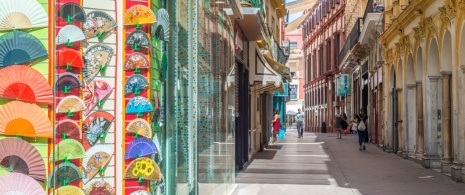
Shopping options range from haute couture by local designers such as Victorio and Lucchino to food markets and offbeat shops. You can visit luxury boutiques, flamenco costume studios and religious embroidery workshops in the city's historic centre. If you're looking for craftwork, try the pottery in the Triana neighbourhood, where ceramics have been made since Islamic times, or items such as shawls, lace cloaks and hand-painted fans. And finally, a day's shopping in Seville should not leave out a visit to the lively, pedestrianised Calle Sierpes, one of the city's best-known shopping streets, with a wide range of outlets. Another good option is to visit the Lagoh shopping centre, the largest in Andalusia.
-
CHILDREN'S ACTIVITIES
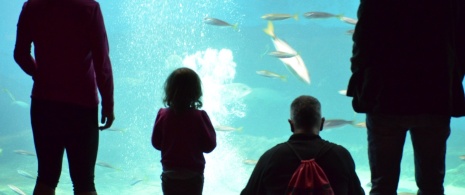
There are also themed guided tours and amusement parks for all the family. The Isla Magica amusement park is a must, with themed shows set in the 16th century. If you prefer animal watching, you can visit the Seville Aquarium or head 50 kilometres outside the city to the Castillo de Las Guardas Reserve, located on the remains of an old copper mine and surrounded by a natural habitat that is home to more than 1,000 animals.
-
WHAT CAN YOU EAT IN SEVILLE?
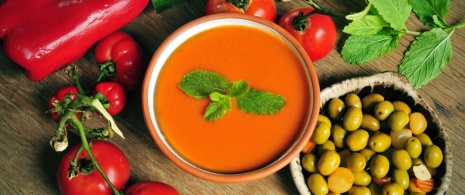
Seville's cuisine is unrivalled. Be sure to try the refreshing gazpacho, pescaíto frito (fried fish) and spinach with chickpeas. You can visit the restaurants Cañabota and Abental, two luxurious Michelin-starred establishments.
-
NIGHTLIFE IN SEVILLE
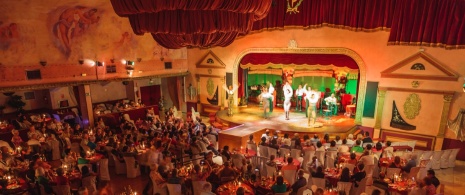
If you feel like having a good time and getting to know Seville by night, you can visit one of the city's flamenco tablaos to experience the art of music and dance. Another good option is to visit the Triana neighbourhood, where you'll find all kinds of bars and clubs.
-
HOW CAN YOU GET TO SEVILLE?
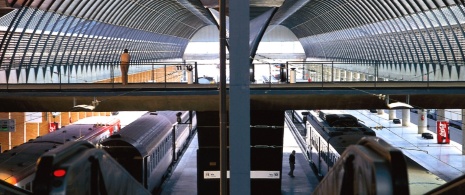
You can get to Seville by plane, as it has its own airport. You can also get there by high-speed train (AVE) from Córdoba (less than an hour), Madrid (less than three hours), Zaragoza (just over four hours) and Barcelona (five hours and fifteen minutes). From the Spanish capital, there is an AVE train every hour. Another option is to use the AVANT train from Malaga, or the local trains from Cadiz and Malaga to Seville. You can also arrive from the Spanish capital by bus. Click here to find detailed information on all means of transport.
